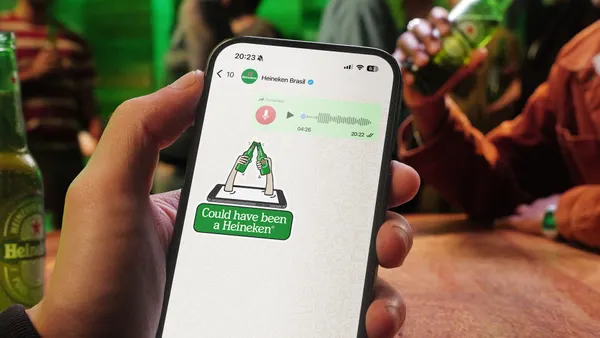Dive Brief:
- Constant Contact dug into its database to uncover email marketing insights, and found there are three factors that can help or hinder campaign success.
- Key data points include email content, best time to send email, and who within your audience is most engaged.
- Constant Contact put these insights into an infographic, which pulled from their database of over 60 billion emails per year.
Dive Insight:
Email marketers are always interested in different benchmarking studies, so when a company like Constant Contact with a large amount of raw data on its email clients releases insights into that data, marketers tend to take notice. Constant Contact just released a new infographic featuring data from three main areas of email marketing – email copy, best time to send, and audience engagement.
“Email marketing has long been a marketing channel with proven ROI,” Jesse Harriott, chief analytics officer at Constant Contact, told Marketing Dive, “but recent advances in data analysis now help us shed light on why."
For content, Constant Contact’s data found that anything more than five to seven links produce minimal additional clicks, and 20 lines of text with no more than three images produce optimal clickthrough rates. Maximizing open rates was completely dependent on industry with restaurants getting the best opens on Monday at 7 a.m., CPAs were most successful on Tuesday at 6 a.m., and arts and crafts companies had their best open rates on Fridays at 5 a.m. Constant Contact’s user data also found that email marketers essentially have “superfans” with 38% of all opens coming from just 5% of openers, and 33% of clickthroughs coming from 5% of clickers. Move those numbers up just five percentage points to 10% of openers and clickers and the totals reach 51% and 44% respectively.
"Our massive data pool, pulled from more than 60 billion emails a year, allows us to uncover insights what matters most to marketers: when subscribers are most likely to open an email, what subscribers will click on, and who is actually engaging with the email," Harriott said.












